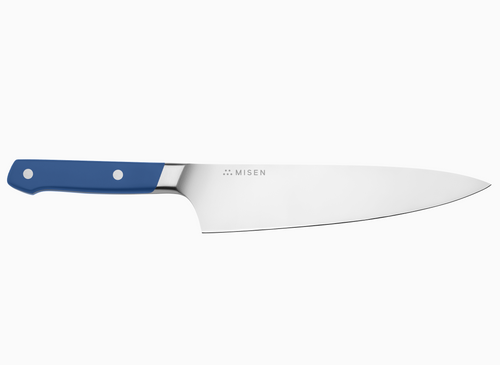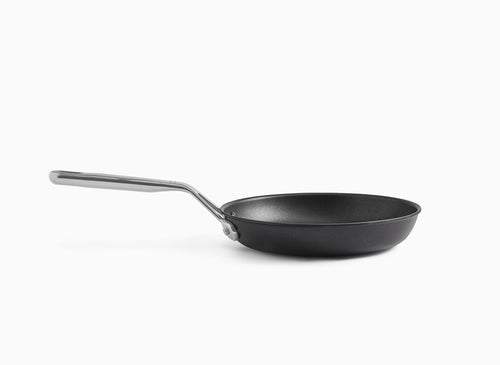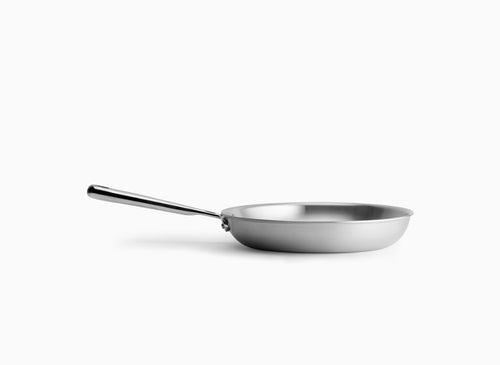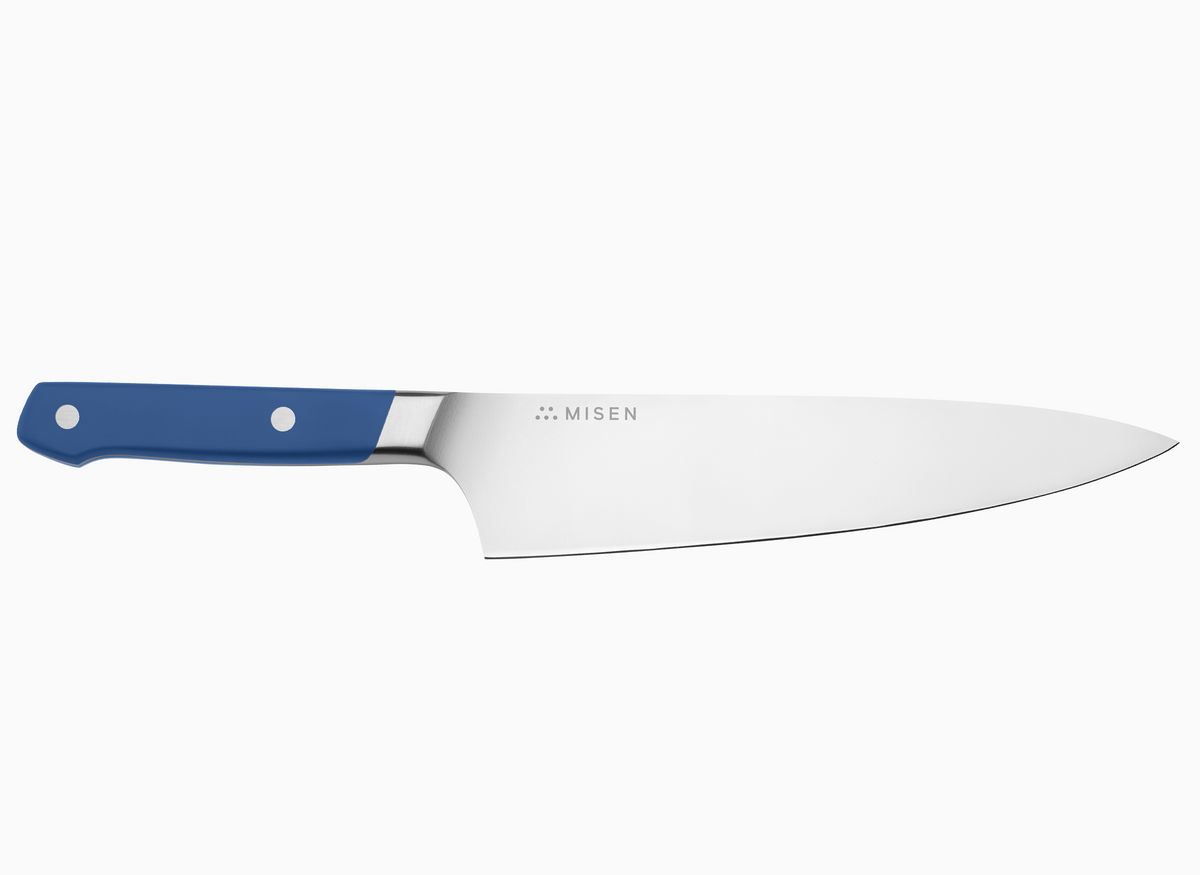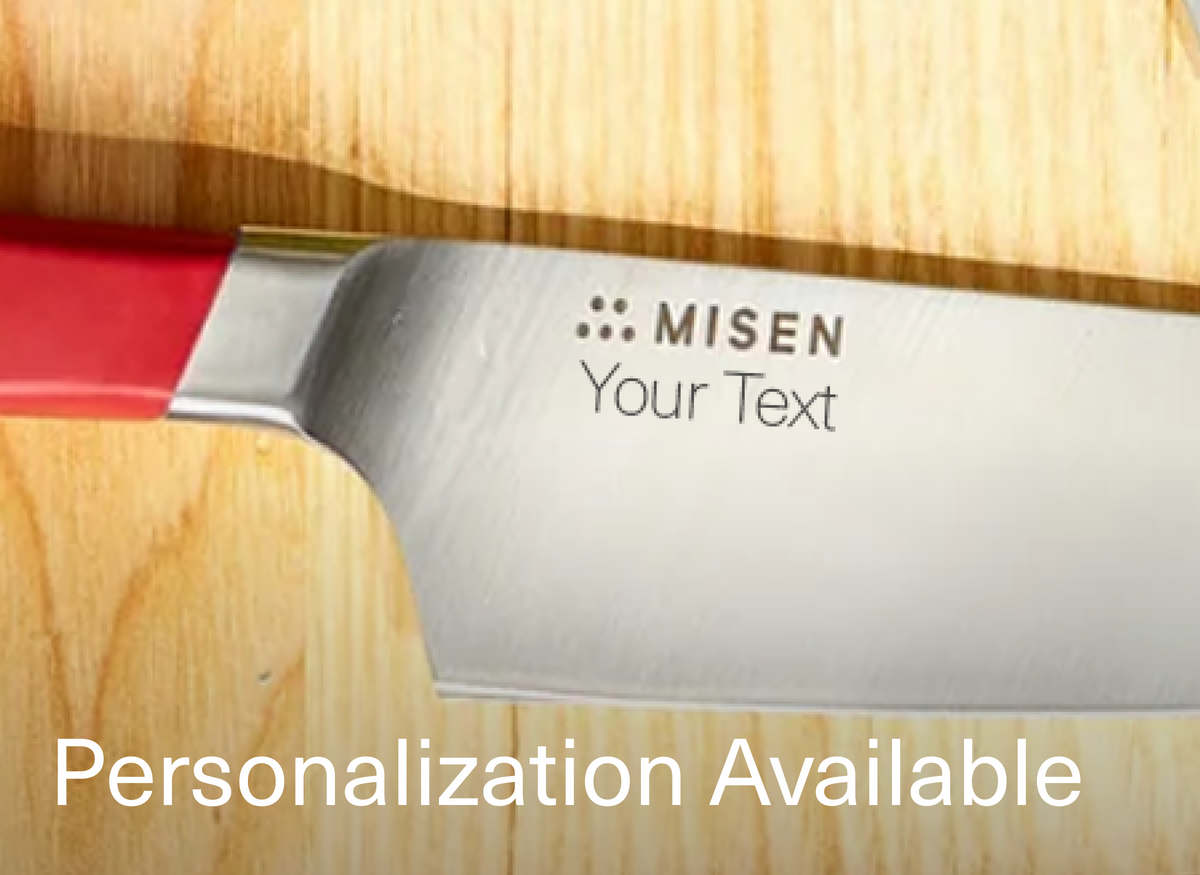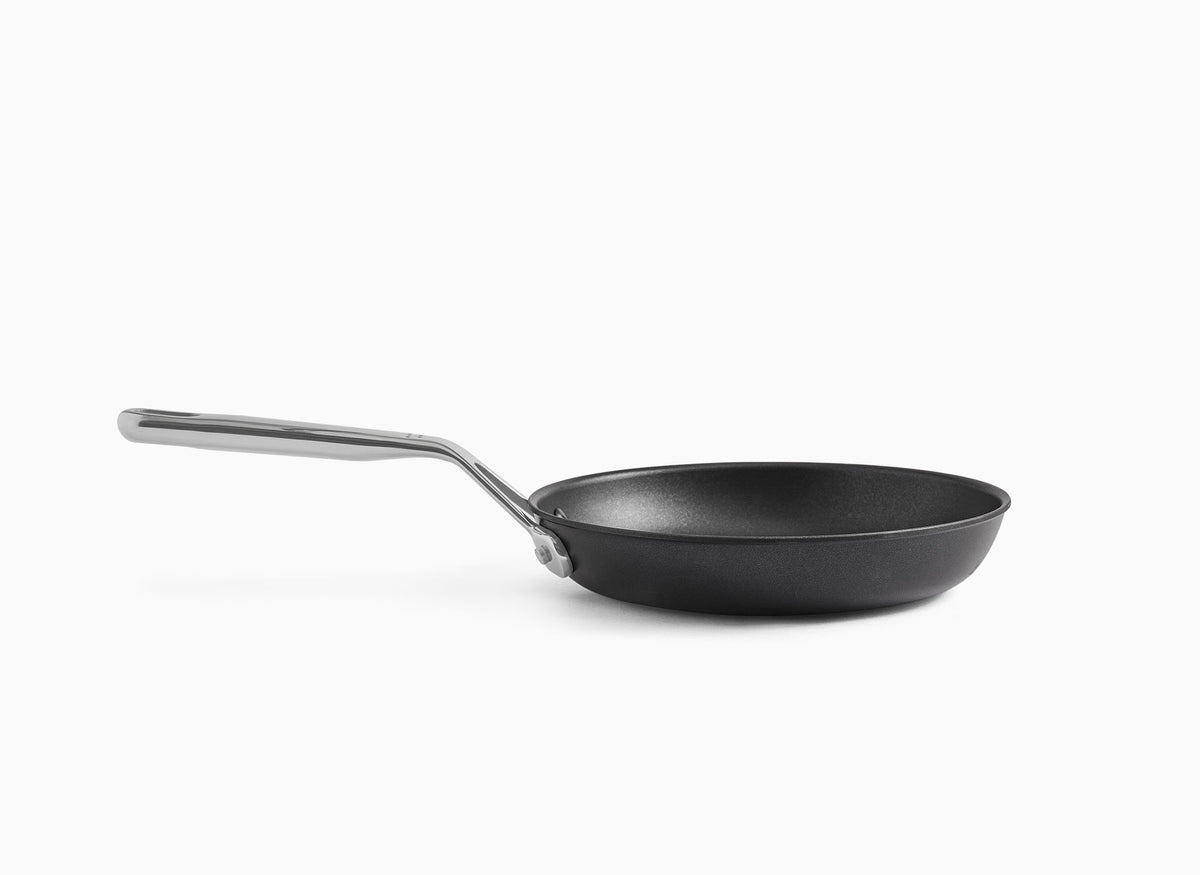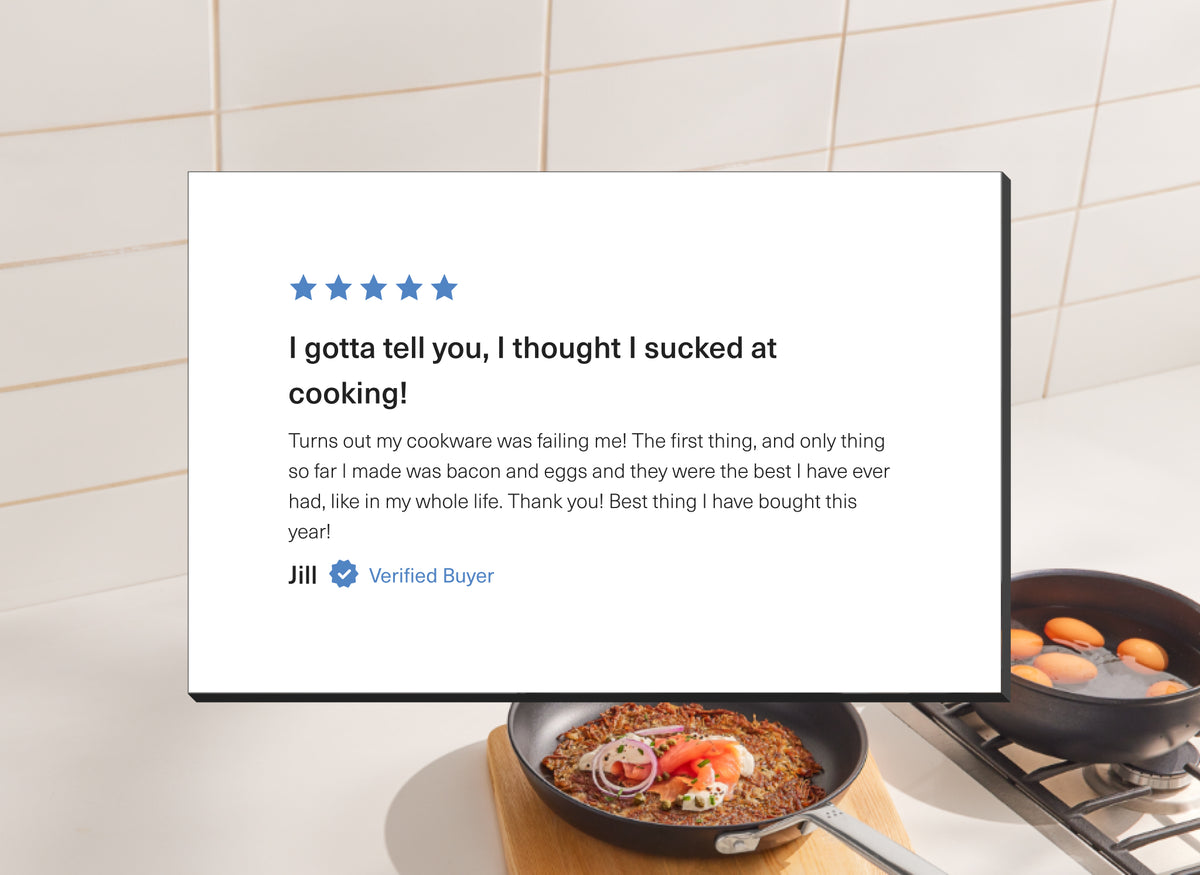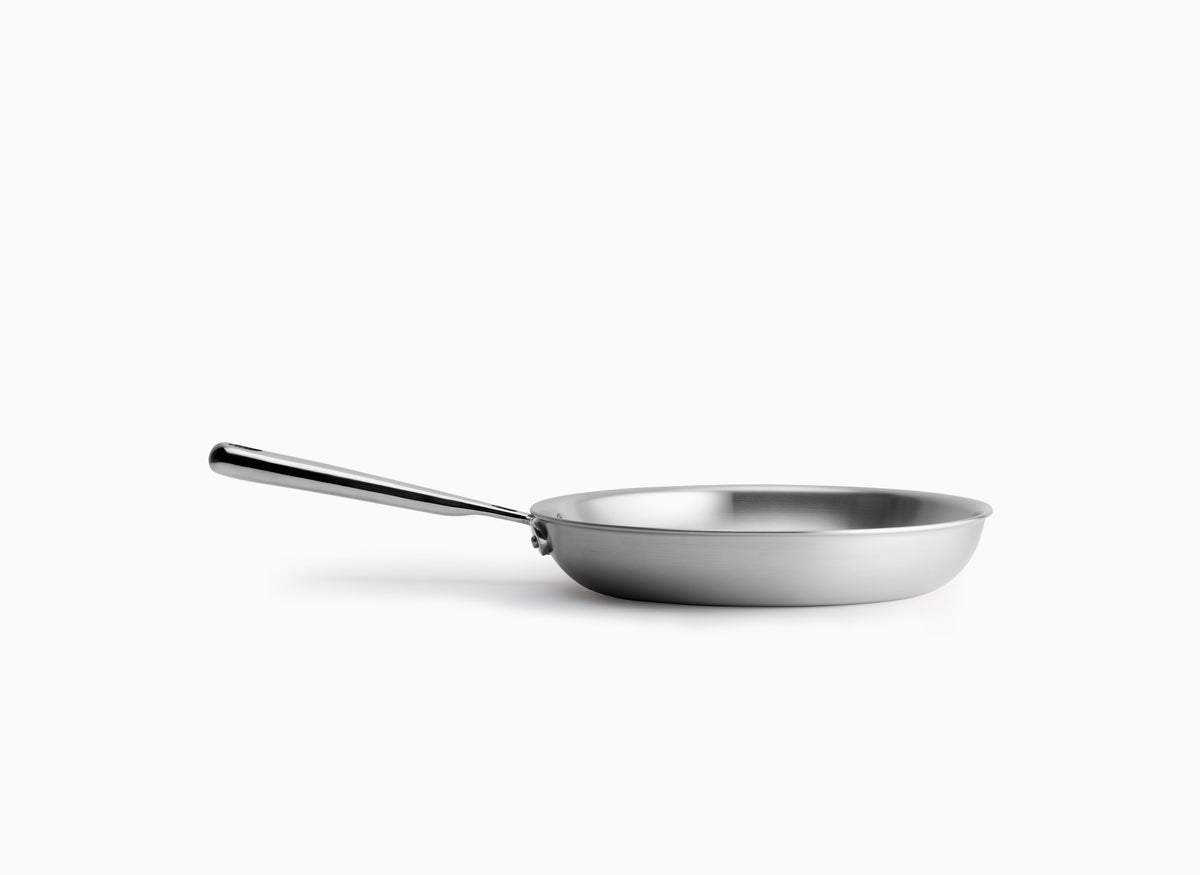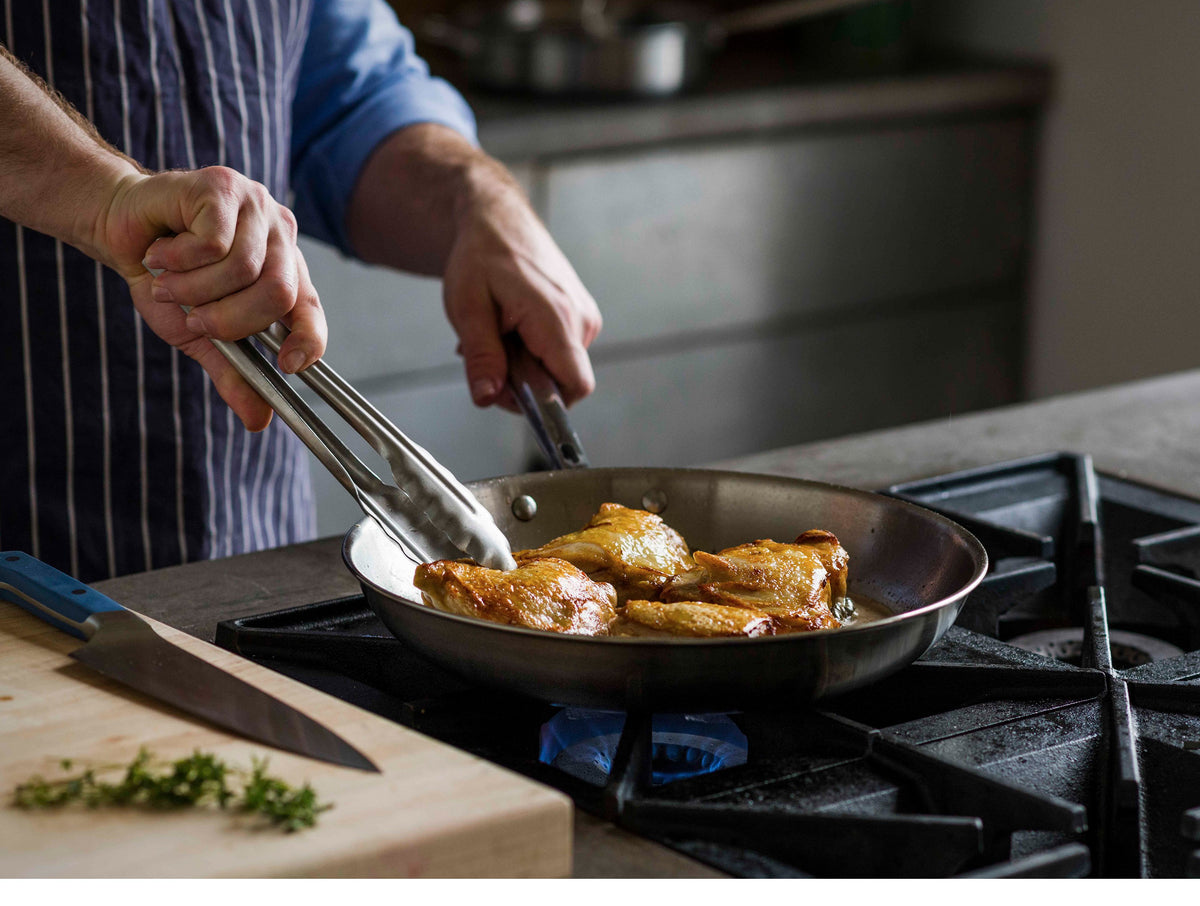Santoku vs. Chef's Knife: Comparing the 2 Popular Kitchen Knives
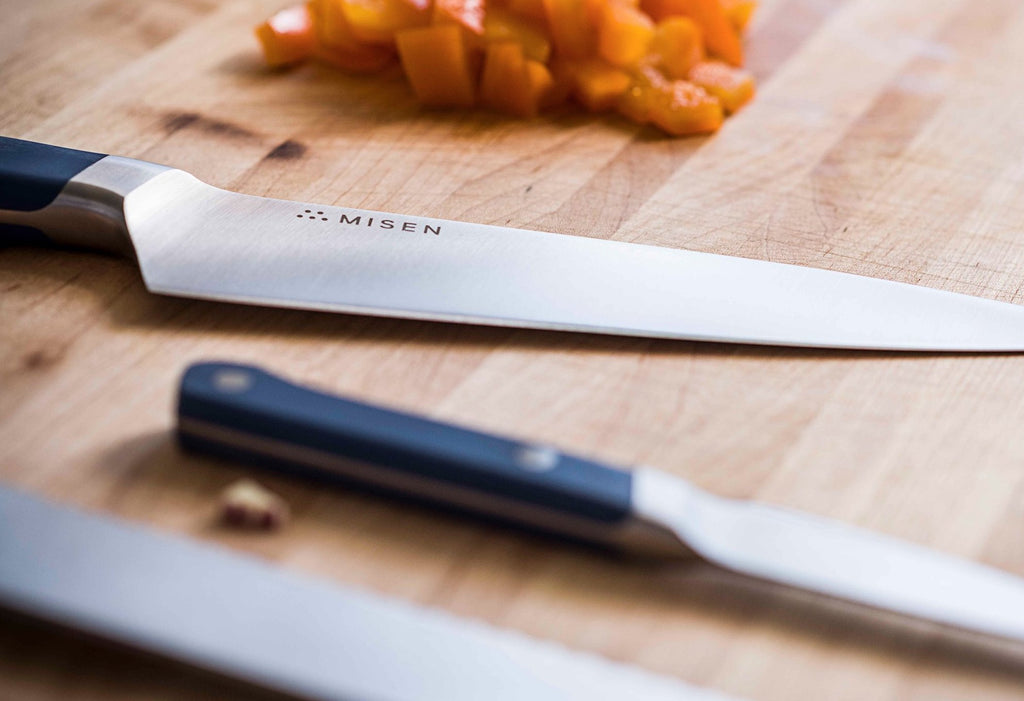 Both a santoku and a chef’s knife are general-purpose knives, and can be used for most kitchen prep work.
Both a santoku and a chef’s knife are general-purpose knives, and can be used for most kitchen prep work.
- Both the chef's knife and the santoku knife were designed to handle most kitchen tasks.
- The two knives are different sizes, have different silhouettes, and work best with different cutting techniques.
- The different shapes of these knives makes each slightly better for different tasks.
When deciding what piece of cutlery to pull out for general kitchen work, it’s usually a toss up between a santoku and a chef’s knife. In fact, the santoku knife is even referred to as the Japanese version of the western chef’s knife, and the two are sometimes mistaken for one another.
Those familiar with both knives know they have telling differences — with staunch supporters on either side.
Those unfamiliar, however, can read the following to learn more about the two popular, frequently compared, kitchen knives.
The History Behind Both Knives
Both knives come from contrasting places — about halfway across the world. The santoku knife was first created in Japan, while the chef's knife traces its origins to Germany (although they may also be referred to as "Western knives").
Santoku
Although Japan has a rich history of bladesmithing, the santoku knife is a relatively recent addition. It first appeared in the mid-40s at the end of World War II. At that time, the Japanese started to incorporate some changes to their traditional nakiri (which was shaped more like a cleaver). They forged a smaller, lighter, more home-cook-friendly knife that became the santoku.
Chef’s Knife
Germany, particularly the city of Solingen, also has a rich history of metal production. The city was known for its swords — thanks to its iron-rich soil and surrounding coal reserves — and easily transitioned into kitchen knives during the 17th and 18th centuries. Some of the oldest German cutlery brands, including Wüsthof and Zwilling J. A. Henckels, still base their manufacturing in Solingen today.
The Knife’s Anatomy
 The anatomy of a santoku and chef's knife is where they differ most, with key differences in size, shape, and weight.
The anatomy of a santoku and chef's knife is where they differ most, with key differences in size, shape, and weight.
Take a closer look at the two knife styles, and you’ll begin to spot some significant distinctions — the cutting edge shape, the blade tip, the overall length and weight. These details are the main difference between both knives, and are especially noticeable when doing specific or prolonged cutting tasks. Here’s a look at the anatomy of each.
Santoku
To begin with, the standard santoku is relatively short with a 5- to 8-inch blade length (handles add another 4-5 inches). The blade is also cut thinner, and may feature a granton edge, which is the series of small scallops along the cutting edge of the blade. This length and width make the santoku quite light, which is good for easy maneuvering and for cooks with smaller hands.
Based on the traditional Japanese cleaver, santokus feature a flatter cutting edge that is nearly straight from heel to tip. A few inches before the tip, the top of the blade (the spine) starts to gently slope down, creating a silhouette similar to one seen on a sheep's foot blade.
While santoku knives are typically made with a harder Japanese stainless steel, modern versions can now be found in all kinds of materials, from ceramic to stainless steel to high-carbon steel. A harder steel means that santokus hold their cutting edge better and need less sharpening, but they're also more prone to chips and cracks. Although for most home kitchen cutting, this generally isn’t a problem.
Traditionally, santoku knives are sharpened at an acute 12-15 degrees and have a single bevel, meaning that the cutting edge is only sharpened on one side. Having a sharper angle and single bevel made the original santokus much sharper and able to create extremely thin slices — something essential for many Japanese dishes, such as pickled daikon and sukiyaki beef. Single bevels also take much less time to sharpen than double bevels.
The traditional santoku also doesn’t typically have a bolster, which is the thick band that connects the knife blade to its handle. Not having a bolster leaves the entire blade available for slicing and makes it much easier to sharpen. However, these original features are not always the case for santokus today. Many brands are blending the features of both santoku and chef's knives to adapt to the needs of today’s cooks.
Chef's Knife
A chef's knife, or a cook’s knife, is a common sight in most kitchens. They have a longer blade length of 8- to 10-inches (some may even be up to 14 inches, typically for professional chefs who work on larger counters), which makes for a larger, heavier piece of cutlery.
The distinct feature of a chef's knife is its curved cutting edge and tapered shape. Rather than the spine of the blade curving downward, as a santoku’s does, the bottom of a chef's knife blade curves upward through the entire length. This gives it a subtle “belly” shape, which ends in a well-defined tip. You can learn more about these knives and our other most popular knives in Kitchen Infinity's Misen knife review. Chef's knives are commonly made from stainless steel, carbon steel, ceramic, or another metal alloy.
Chef's knives are usually made from softer material. While this does require some more knife sharpening sessions, a softer steel will not break as easily and can be more durable in the long run. However, this is no longer the rule of thumb and there are many options when it comes to the materials used in today’s cutlery.
German-style knives are also cut at a wider angle, anywhere from 20-30 degrees, and are double bevel, or sharpened on both sides of the blade. Double bevel blades are ideal for everyday cutting. They slice through with less friction, which makes it easier for general kitchen work. They feature a distinct bolster, which is designed to counterbalance the weight of the blade, protect the hand while chopping, and strengthen the entire knife.
While these features are common to traditional German-style knives, they have since been modified by many global knife makers.
The Best Uses for Both Knives
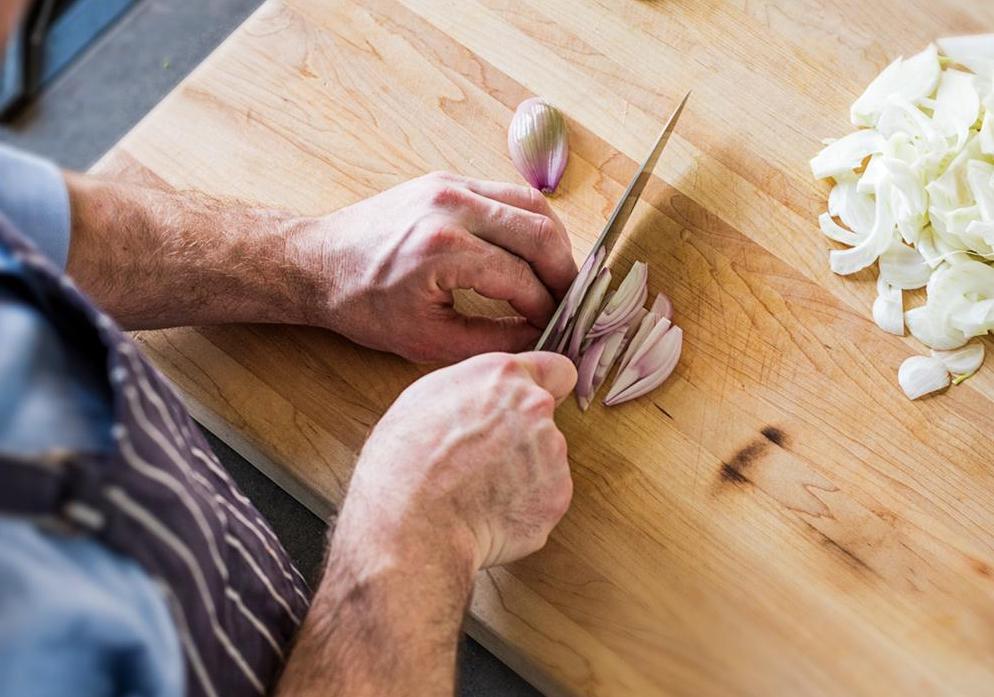 Santokus are great for swift chops and clean slices, while chef's knives are favored for their back and forth rocking-style of cutting.
Santokus are great for swift chops and clean slices, while chef's knives are favored for their back and forth rocking-style of cutting.
Both santoku and chef's knives are known for their convenient sizes, functional blade shapes, and all-around usability. However, the subtle differences in their shape and size make each type more suited to specific cutting tasks.
Santoku
The word “santoku” actually stands for the three virtues — some say chopping, dicing, and mincing; while others say fish, meat, and vegetables. True enough, its sharp, thin blade is great for clean slices. And without a tiny tip that can haphazardly poke into nearby ingredients, the santoku’s main cutting edge is perfect for executing swift chopping motions.
Any cutting tasks that require up and down repetition, like chopping salad greens, dicing carrots, or mincing meat, can be easily done with a santoku knife. Plus, due to their lighter weight, they are less likely to lead to fatigue or strain, especially when you’re doing a lot of prep work. Santokus are also good for singular slicing, such as with meat, seafood, or large blocks of cheese.
Chef's Knife
Much of the functionality of a chef's knife lies in its curved blade shape. The cutting edge can easily be rocked back and forth, with the tip of the blade never actually leaving the cutting board. This allows the knife to slice through ingredients at a rapid pace, making quick work of herbs, onions, garlic, and other small fruits or vegetables.
Furthermore, the heavier weight of a chef's knife is useful for cutting through tougher meat and even soft bones. The pointy tip can also come in handy when you need to score meat or seafood, break through chicken skin, or pierce into a soft piece of produce.
Which Knife Is Cut Out for the Task
Today, santoku and chef's knives can be purchased in most of the same places, come in similar materials, and can even be used in place of one another.
However, upon closer inspection, it’s clear that they do have their individual distinctions, most of which are found in the blade size and shape. Each knife offers its own advantages, depending on the particular kitchen task at hand, and the choice between each is really a personal preference. No matter which you choose, both santoku and chef's knives are an essential piece in any home cook's cutlery set.

